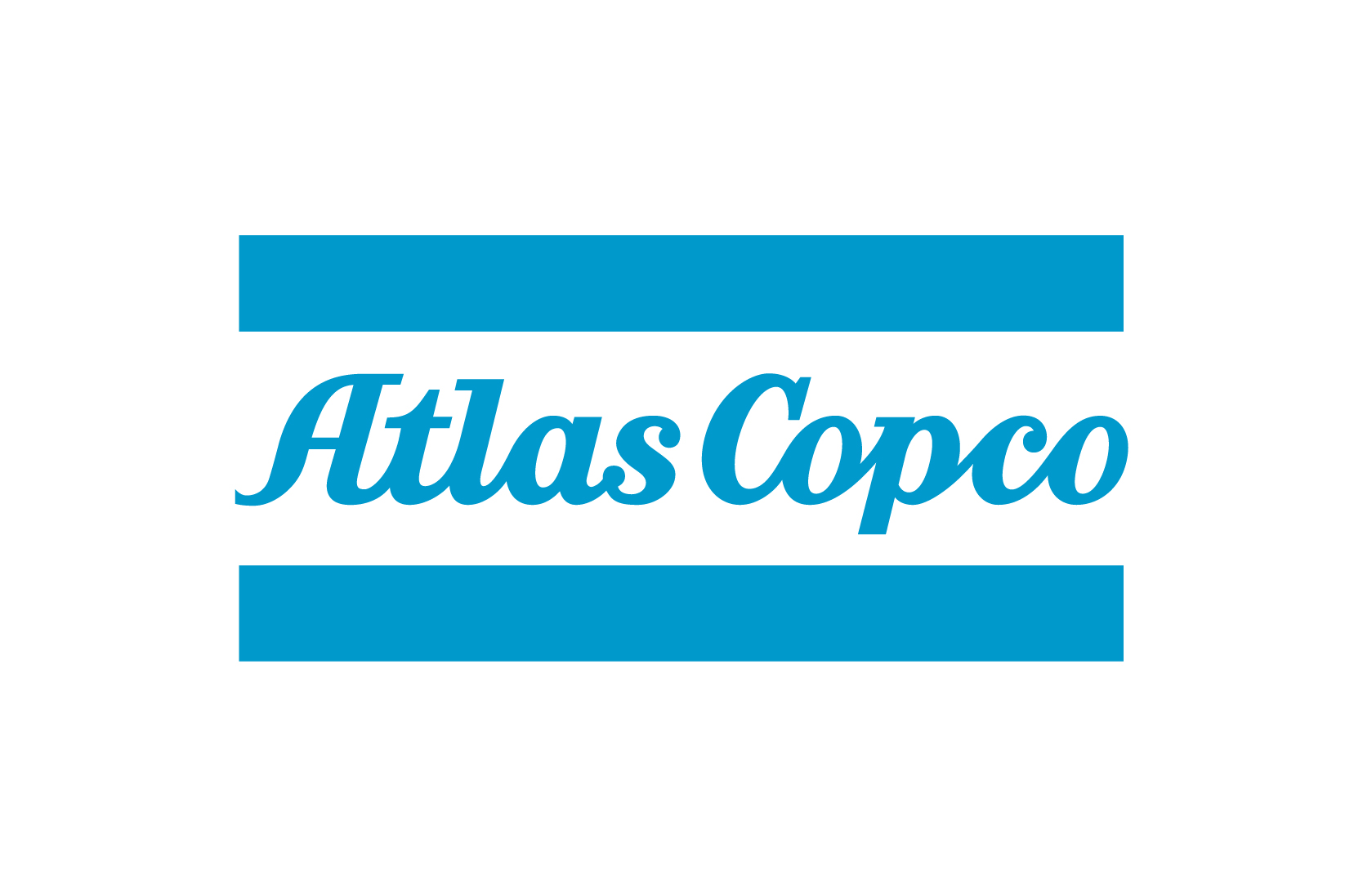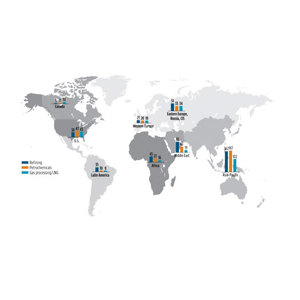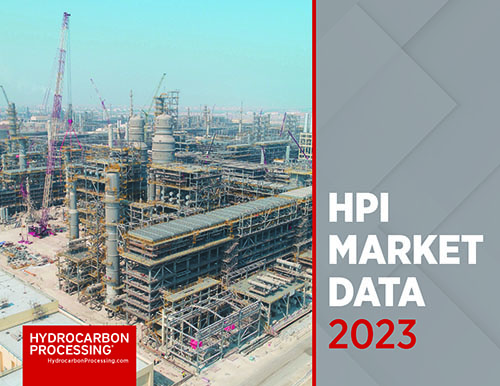The author’s company’s new sub-dewpoint sulfur recovery with interstage membrane (SSRIM) technology is a breakthrough for the sulfur recovery industry, as it is the first technology capable of achieving an overall recovery efficiency of > 99.9% without requiring a tail gas treating unit. This article discusses the basic SSRIM configuration and its advantages when compared to a traditional Claus/TGT configuration.
This article provides an overview of the potential impact of H2-rich fuel firing on refractory integrity and suggests safeguards to mitigate challenges. While this article discusses refractory issues in process fired heaters, the information presented can be broadly applicable to fired equipment where a flame is present.
The advent of direct air carbon capture (DACC) systems presents a groundbreaking opportunity to capture carbon dioxide (CO2) and repurpose it as a valuable feedstock for petrochemical products like methanol and synthetic fuels.
This article highlights and compares the various technology platforms available to provide technical insight into the selection of the best LLDPE/HDPE platform for a given facility. A high-level overview of the various technology platforms is provided based on open-source available data and the authors’ years of technical and operating experience.
This article summarizes the authors’ JV’s recent development of two new improved catalytic materials for the residue desulfurization (RDS) process, and provides a case study showing how these materials can be used in synergy with RFCC technology to improve refinery margins.
This article discusses first-principle blend model architecture used traditionally by refineries, including its pros and cons. This text also explores the concept and trend of using artificial intelligence and machine-learning hybrid models for blending for cases where online analyzers may not be installed or may be nonfunctional, sometimes causing quality giveaways and violations.
& Gas Prices
Click here to learn more about Global Energy Infrastructure.
For additional downstream construction project data, visit Global Energy Infrastructure.
| Project: | Long Son Petrochemicals Complex |
| Location: | Long Son, Vietnam |
| Operator: | Siam Cement Group |
| Cost: | $5.4 B |
| Capacity: | 1.65 MMtpy |
| Completion date: | completionDate |
| Status: | Under Construction |
| Project: | Huizhou Petrochemical Complex |
| Location: | Huizhou, China |
| Operator: | ExxonMobil |
| Cost: | $10 B |
| Capacity: | 1.6 MMtpy |
| Completion date: | completionDate |
| Status: | Under construction |
| Project: | Visakh Refinery |
| Location: | Visakhapatnam, India |
| Operator: | Hindustan Petroleum Corp. Ltd. |
| Cost: | $3.1 B |
| Capacity: | 134,000 bpd |
| Completion date: | completionDate |
| Status: | Under Construction |
| Project: | LyondellBasell PO/TBA Complex |
| Location: | Channelview, Texas (U.S.) |
| Operator: | LyondellBasell |
| Cost: | $2.4 B |
| Capacity: | 1.47 MMtpy |
| Completion date: | completionDate |
| Status: | Under Construction |
Discover how several global impacts—such as Russia’s war in Ukraine, supply chain crises and inflation—have and will impact spending and business activity in the global petrochemicals, refining and natural gas/LNG industries. HPI MARKET DATA 2023 is the processing industry’s most trusted forecast of capital, maintenance and operating expenditures.
This handbook-type industry reference source is produced by the staff of Hydrocarbon Processing. It contains flow diagrams and descriptions of more than 170 commercially viable gas processing processes from 25 licensors. Included are drying, treating, dehydrogenation, effluent cleanup, hydrogen, liquefied natural gas, syngas, sulfur, liquid treating, etc. Each process description includes a flow diagram as well as application, economics and licensor information. The processes are indexed by process and contributing company.

- HxGN LIVE Global 2023: Optimization at scale 6/14
- IRPC 2022: Combining incremental crude processing and enhanced residue upgradation at low cost 9/26
- IRPC 2022: Tackling the dual challenge through AI enabled advanced control 9/26
- IRPC 2022: Solution for safe, reliable, process measurements 9/26
- U.S. Energy Secretary supports industry partnerships, energy transition 3/11
- CERAWeek: Digitalization is key in industry pursuit of net-zero 3/11




















